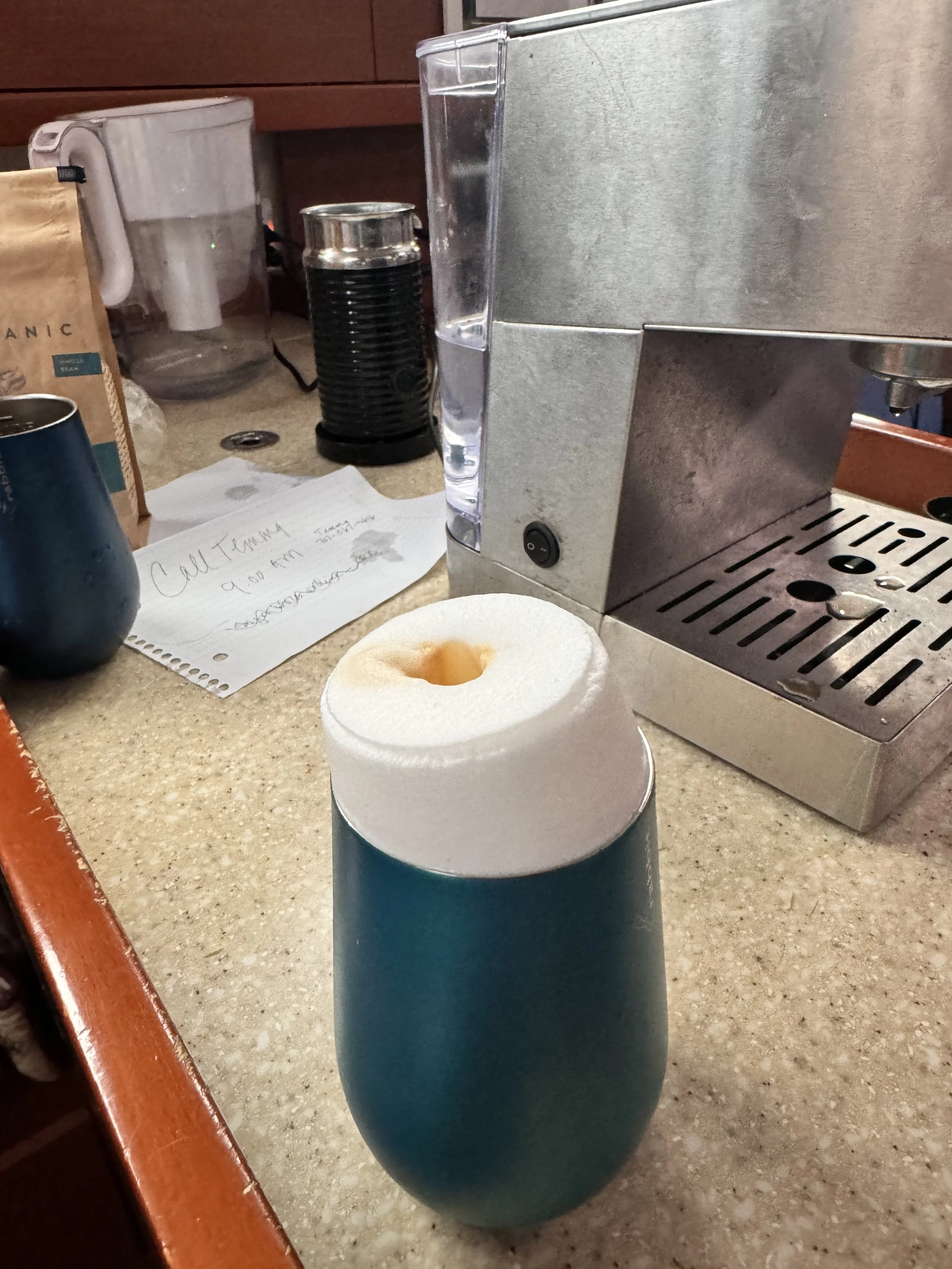Alaska 4 - Life on Ardent
When thinking about preparing Ardent to cruise on extended voyages beyond 1-3 weeks my thoughts always gravitated towards safety and self-sufficiency. I have to admit being heavily influenced in this regard by reading The Martian by Matthew Weir
Safety
From a safety perspective the upgrades were simple:
Purchase a hand-held, waterproof, DSC capable VHF.
Purchase, install, and register an EPIRB.
Properly rig the boat for a boom preventer. We could do this before but it was clunky. More on this later.
If we went offshore we'd probably also get a life raft but for the inside passage we didn't deem that necessary.
Self-Sufficiency
There are numerous resources that one needs to manage when crusing:
Food. We provisioned a lot of dry and canned good. Laura did an amazing job of finding places to store things that had never been used.
Maintenance supplies and spare parts. We purchased everything for 5 oil changes enroute and spare parts for everything we could think of that might break.
Fuel. Ardent has an 80 gallon fuel tank and we can go 400+ miles before refueling. We also have two 5 gallon jerry cans on deck. However, we generally plan to refill when our tanks are about half empty.
Electricity. Battery management is key and was a major reason for installing 800 Watts of solar panels. Normally we would have to run our engines for 1-2 hours every day when sitting at anchor to keep our batteries charged. More on this later.
Water. Water needs depend on usage. We have 140 gallons on board and that would last the two of us 5-6 days. But we have fresh water heads and want the luxury of taking showers more often than one would usually do on a boat. We don't have a generator and didn't want to run the motor to make water so we installed a DC water maker. More on this later too.
Weather and Tidal Information checked daily at least and preferably every 6 hours. For this we need internet connectivity and we installed Starlink for this purpose.
We made it all the way to Alaska and to date the solar power, water maker, and Starlink have made a a huge difference in terms of how we manage the above resources. We have only plugged into shorepower a couple times. We did so once in Sheerwater Marina (i.e. Bella Bella) because we could. We were on the dock in Ketchikan for four nights and it made sense to do so there. Morning and night we turn the inverter on and then Starlink (it runs on AC power) to check the weather. We were told it would draw down our batteries a lot. However, we have not plugged into shore power or filled our water tanks from a dock since we left Bellingham 21 days ago. When at anchor on a sunny day we are net positive in terms of amps and batteries charging before 9am and fully charged by 1-2 pm. Even on a cloudy rainy day we get some charge such that we can make it to the next day when we'll be motoring again to charge the batteries.
When we turn the engines on we check our water tanks. If we are less than 3/4 full, we turn the water maker on for an hour which generates about 13 gallons. Sometimes that fills the tanks and sometimes we need to run it for another hour. We can run the water maker with the engine off but it does draw a bit of current and makes some noise. We don't really notice the noise when the engines are running and we don't need that much water so we just wait until we are under way. We can run the water maker with just one water pump and generate half as much water, half as much noise, and draw half the current. Mostly we got the dual pump model for redundancy -- if one pump goes out we can run it on the other pump.
Fresh out of the oven
Big ones, all male.
The only nagging problem we have had is with our outboard. A clogged carburettor was fixed in Sheerwater Resort but now once again it will not start nor will the pull cord pull. I beached the dinghy in Foggy Bay after crossing Dixon Entrance into Alaska and dug into it a little bit without success. My outboard repair skills are limited to fixing the obvious but it is surprising how often the problems are just that -- obvious and simple with a little curiosity and observation.
In Ketchikan I had another mechanic look at it. He got it to run but once again it was short lived. I took it apart one more time and tried to reseal the carburettor with liquid gasket to no avail. I'm having a carburettor rebuild kit sent up with our next guests and am going to take one more crack at it in Juneau. In the meantime we are researching electric outboards.
When it comes to food we haven't been suffering. Laura made sourdough foccacia while in Foggy Bay and StarDucks opens every morning for foam structure. Then we landed our first crab of the trip in Brown’s Bay.
Starducks Espresso with foam structure


